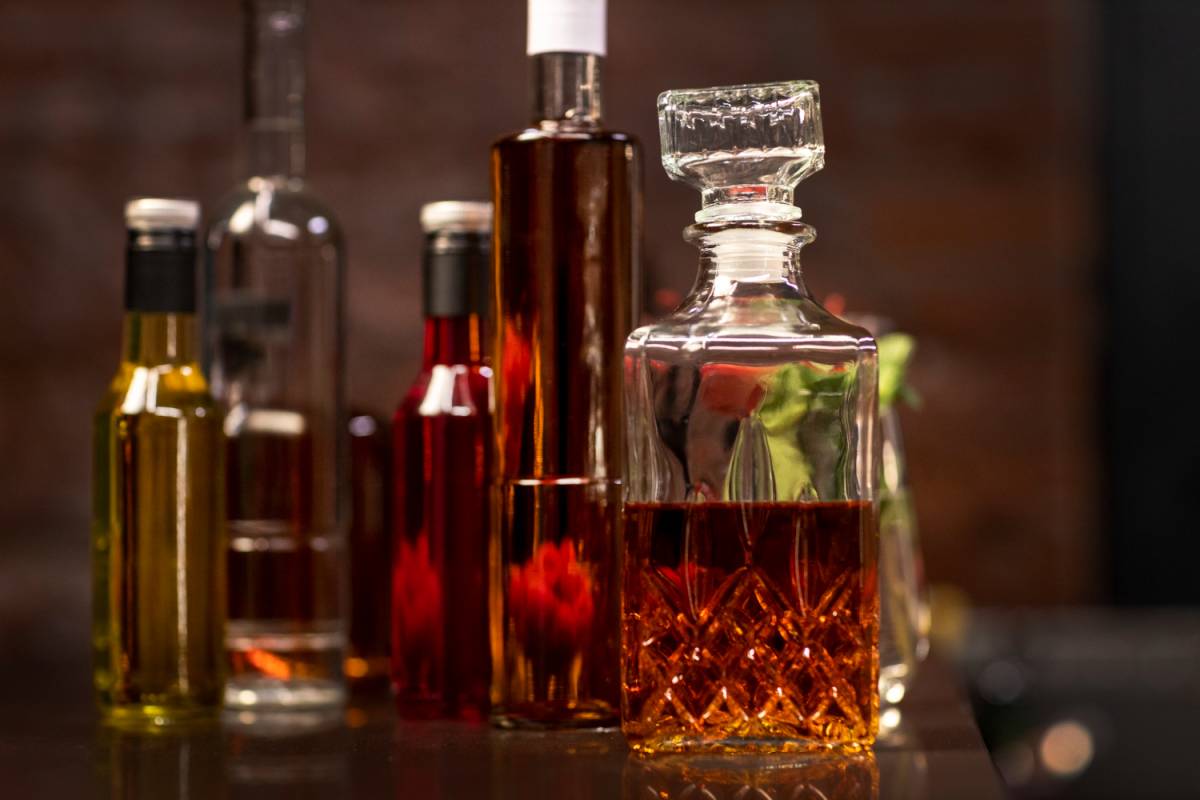Ever sipped on a warm, amber spirit and wondered whether it’s Cognac or just a regular brandy? You’re not alone. Many people use these terms interchangeably, but there are key differences that make Cognac truly special. Think of it like Champagne vs. sparkling wine – all Cognac is brandy, but not all brandy can be called Cognac.
In this friendly guide, we’ll explore what sets Cognac apart from other brandies in terms of how it’s made, where it comes from, and how it tastes. By the end, you’ll not only know the difference, but you might even feel like a Cognac connoisseur (or at least impress your friends at the next gathering!).
So pour yourself a glass of your favorite tipple, get cozy, and let’s dive into the world of Cognac vs. brandy.
What Is Brandy?
Brandy is essentially any liquor made by distilling wine. You take wine, heat it to capture and concentrate its alcohol, and then let it condense into a stronger spirit. The result is a smooth, warming drink that usually packs 35–60% alcohol by volume.
Because of its strength and rich flavor, brandy is often sipped as an after-dinner digestif to help wind down a meal. Many brandies spend time aging in wooden casks, soaking up flavors and a golden hue from the oak, although some inexpensive ones may simply have caramel coloring added to appear aged.
It might surprise you, but brandy isn’t one single thing – it’s a whole category of spirits. The common thread is they’re all made from some kind of fermented fruit juice.
Most brandy is made from grapes (grape wine), but you can also have fruit brandies distilled from apples, cherries, plums, you name it (these are often called eau de vie, French for “water of life”). Basically, if it started as a fruit wine and got distilled, it’s a brandy. That means Brandy can be produced anywhere in the world, and styles can vary significantly.
Cognac and Armagnac from France are two of the most famous examples of grape brandy – but Cognac, as we’re about to see, has some extra rules that make it a class of its own.
What Is Cognac (and Why Is It Special)?
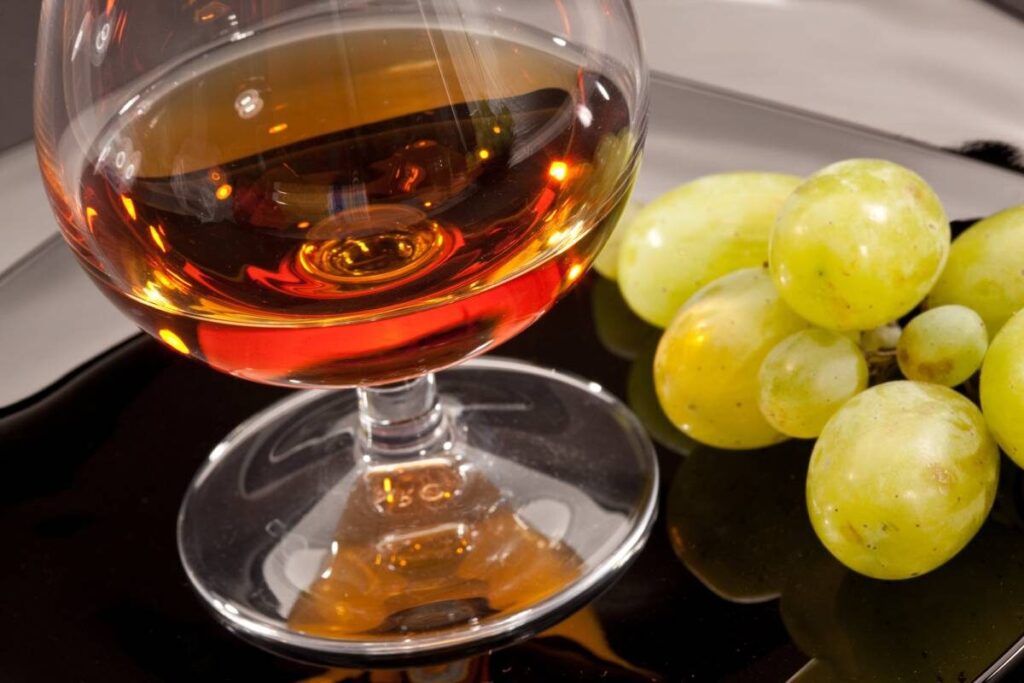
So if Brandy is one big category, Cognac is the jewel in its crown. Cognac isn’t just any brandy – it’s a very specific kind of brandy with pedigree. To be called Cognac, a spirit has to check some essential boxes.
- First, it must come from the Cognac region of southwestern France (around the town of Cognac in the Charente area). If it’s made anywhere else, it legally cannot be labeled “Cognac” – much like how only sparkling wine from Champagne can be called Champagne. In other words, even a superb brandy made in, say, California or Spain still can’t use the name Cognac because it’s reserved for that French region.
- Secondly, cognac must be made in a very particular way. It’s protected by a French appellation (AOC), which outlines strict rules for its production. For starters, Cognac is made from specific grapes – predominantly a white grape called Ugni Blanc, which is prized for its high acidity.
Fun fact: the white wine that Cognac is distilled from is so dry and acidic that it’s been described as “virtually undrinkable” on its own – but that tart, thin wine transforms into liquid gold after distillation and aging.
And speaking of distillation, Cognac must be double distilled in traditional copper pot stills, a method that concentrates its flavors and smoothness. After distillation, it’s aged in French oak barrels for at least two years (and usually much longer) before it can be sold. Those oak barrels (often made from Limousin or Tronçais oak) impart vanilla, spice, and toasty flavors to the spirit as it matures.
Most Cognacs you’ll find have been aging “on the wood” well beyond the minimum requirement, which is part of why Cognac often commands higher prices and a certain prestige.
Regional Differences: Where Do They Come From?

One of the most significant differences between Cognac and other brandies is all about location. As we’ve established, Cognac comes from a defined region in France. But brandy itself can come from anywhere where wine or fruit is fermented. Different regions produce their own style of brandy, each with its unique twist:
Armagnac (France)
Armagnac is Cognac’s country cousin from Gascony in southwest France. It’s actually distilled only once (often in a continuous column still) rather than twice, which can give it a bolder, rustic character. Armagnac also ages in local oak from the Gascony region.
Fun fact: it’s considered the oldest distilled spirit in France (dating back to at least the 1300s!). While Cognac became world-famous, Armagnac remained more of a local delicacy—but connoisseurs love its deeper, hearty flavor.
Brandy de Jerez (Spain)
Spain’s pride in the brandy world comes from the sherry-producing region of Jerez. Brandy de Jerez is aged in sherry wine barrels and often uses a solera system (fractionally blending ages), which means it tends to be dark, sweet, and rich with raisin and caramel notes. It offers a distinct flavor experience compared to Cognac’s lighter fruit-and-oak profile.
New World Brandies
Brandy isn’t just an Old World thing. California produces grape brandies (some quite good), and places like South Africa have even made brandy with Cognac-like methods.
In fact, South African brandy by law must be made almost exactly like Cognac – double distilled in copper pot stills and aged at least 3 years in oak.
The result? Some excellent South African brandies that could give the French ones a run for their money. Meanwhile, other countries have their own specialties as well.
For example, Peru and Chile have pisco (an unaged grape brandy), and many European countries make fruit brandies (like Calvados apple brandy from France or Slivovitz plum brandy in Eastern Europe).
How They’re Made: A Quick Look at Production
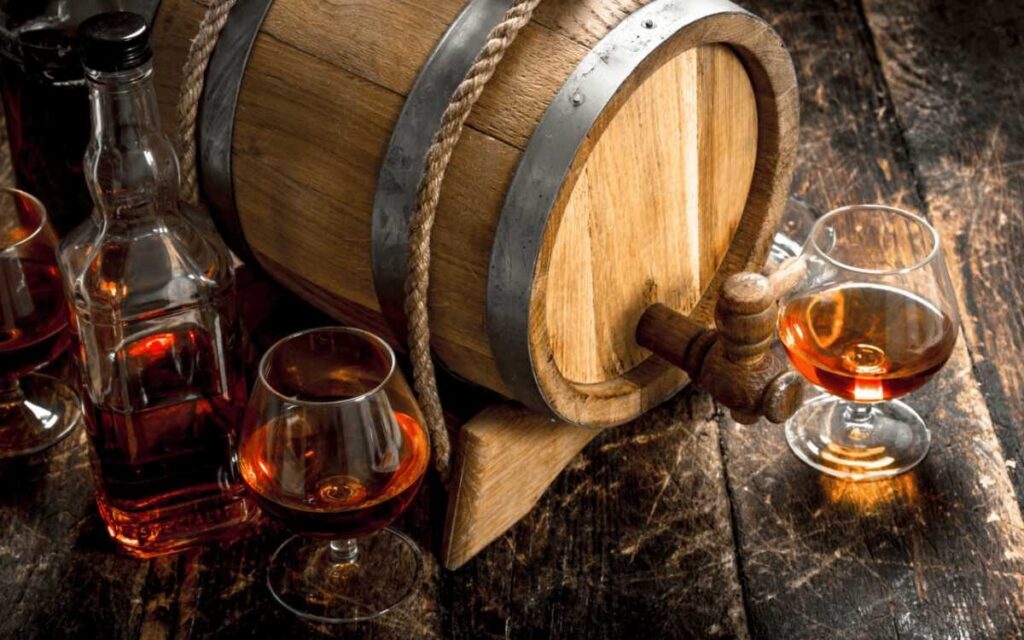
Let’s compare the production of Cognac with brandy in general, just to see those key differences side by side:
Brandy Production
Brandy begins with fruit, most often grapes, though apples, pears, or plums may also be used. The juice ferments into a light, low-alcohol wine. That wine is then distilled once or twice.
Producers may choose pot stills, which create a richer spirit, or column stills, which yield a lighter one. The distillate, now around 60–70% alcohol, is placed in oak barrels. Time in wood adds color and flavor, though aging rules vary widely.
Once matured, brandy from different barrels is blended for balance and bottled, usually at 35–40% alcohol.
Cognac Production
Cognac follows the same broad idea but with far stricter rules. Only white grapes, mostly Ugni Blanc, grown in the Cognac region of France, can be used. After harvest, the juice ferments into a thin, acidic wine.
Distillation must take place twice in traditional copper pot stills, known as alambic charentais. The clear spirit, or eau-de-vie, is then aged for at least two years in French oak barrels, though most houses keep it longer to deepen complexity.
Finally, a master blender combines eaux-de-vie of different ages to create the signature style, which is classified as VS, VSOP, or XO depending on the youngest spirit in the blend.
Flavor & Tasting Notes of Cognac vs Brandy
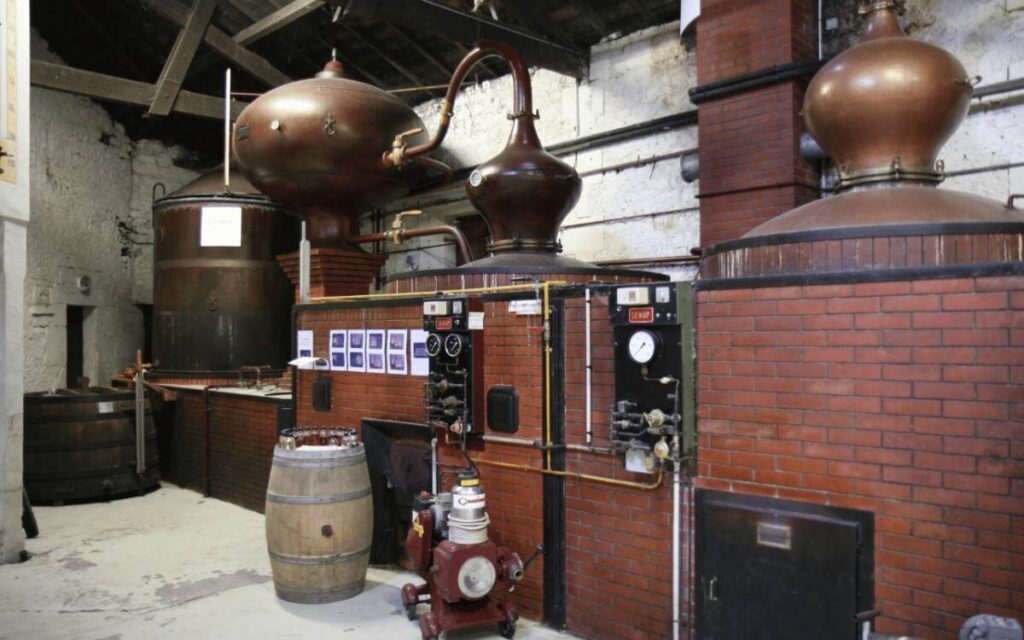
Now for the fun part – how do Cognac and brandy actually taste? While every brandy will have its own nuances, there are some general trends.
In one sip, you may notice ripe fruit like plum or apricot, gentle sweetness such as caramel or honey, and a subtle floral lift. Oak aging adds vanilla, toasted wood, and baking spice.
As Cognac matures, nutty and chocolate notes often emerge, creating a silky, layered experience. The aroma itself is part of the pleasure, which is why a bowl-shaped snifter is used to capture it.
Brandy offers a wider range of expressions depending on its style. A well-aged grape brandy from California or South Africa may echo Cognac with oak and dried fruit flavors. A young fruit brandy, like cherry or pear eau-de-vie, tastes sharper and more fiery, carrying the pure essence of the fruit.
Regional traditions also shape the profile:
- Armagnac tends to be bolder, with dried plum, spice, and earthy or leathery undertones.
- Brandy de Jerez is usually sweeter, with raisin, caramel, and spice from sherry cask aging.
Overall, Cognac sits at the refined and delicate end of the spectrum. Brandy, as a whole, ranges from light and fruity to dark and robust, offering something for nearly every palate.
Enjoying Cognac & Brandy
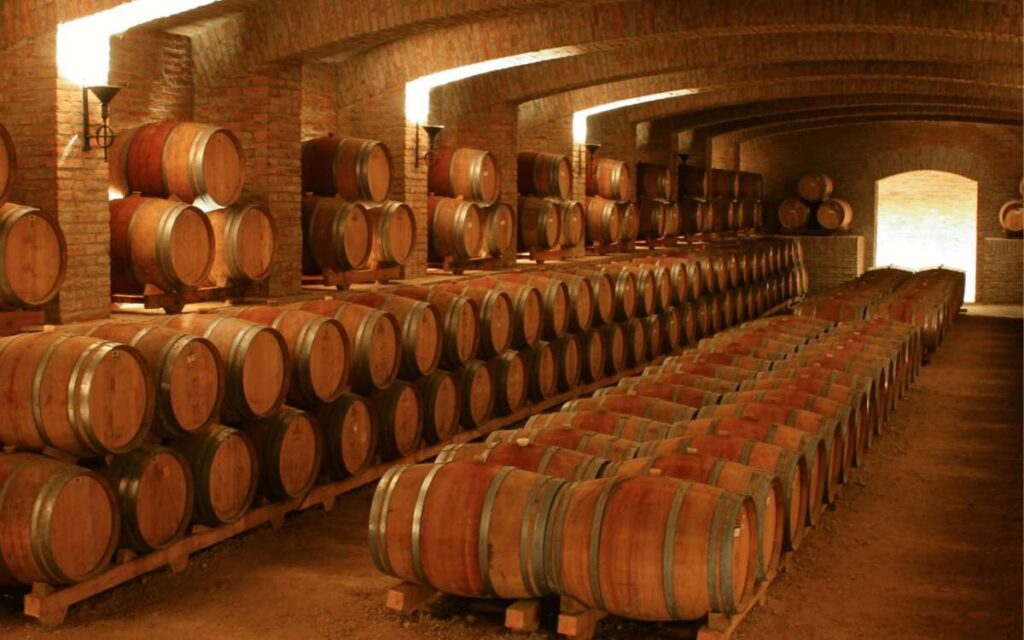
Is Cognac meant to be sipped a certain way? Not necessarily – but there are some popular traditions. Cognac is often enjoyed neat (straight, at room temperature) in a large, bowl-shaped glass, such as a snifter. Gently warming the bowl in your palm can help release the aromas. This image of a snifter by the fireplace is classic, but don’t let that stop you from enjoying Cognac however you like.
A splash of water or an ice cube can open up different flavors, and Cognac actually features in some great cocktails too – the famous Sidecar (Cognac, orange liqueur, lemon) is a must-try, and classics like the French 75 or even a Cognac Old Fashioned put a fun twist on the spirit.
Brandy, in general, has endless uses. You can certainly sip a nice brandy neat in the same style as a Cognac, or make cozy mixed drinks. A Hot Toddy with brandy on a cold night is like a hug in a mug. And let’s not forget the cocktails: brandy shines in drinks like the Brandy Alexander (a creamy dessert cocktail) or a Brandy Old Fashioned.
In cooking, chefs often use a splash of brandy or Cognac to flame dishes (think Crêpes Suzette or steak au poivre) for added flavor. Whether you’re sipping or mixing, the key is to enjoy the rich character these spirits bring.
So, if you’ve been timid about trying that Cognac or brandy on your shelf, go ahead – pour a little, warm it up, sip slowly, or shake up a cocktail. There’s no wrong way to savor it!
Cognac vs Brandy: Key Differences at a Glance
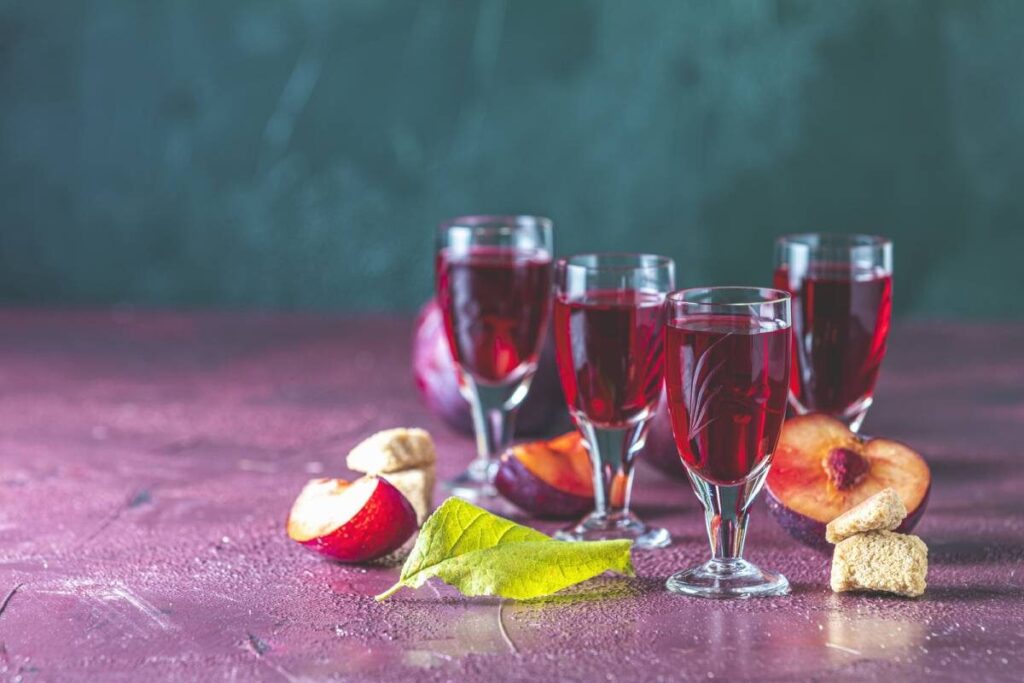
- Geography: Cognac is from one specific region in France (the Cognac AOC). Brandy can come from anywhere in the world that produces wine or fruit. If it’s not from Cognac, France, it’s not called Cognac!
- Ingredients: Cognac uses mainly Ugni Blanc grapes (and a few other approved grape varieties). Depending on the style, brandy can be made from any type of grape and even other fruits (apple, plum, etc.).
- Distillation: Cognac is double-distilled in small copper pot stills. Depending on the tradition and desired style, brandy might be distilled once or twice in pot stills or continuous column stills.
- Aging: Cognac must be aged for at least 2 years in French oak barrels (though it is usually aged much longer). Brandy aging requirements vary – some are aged for many years, some only a short time, and some (like certain fruit brandies or pisco) not at all.
- Flavor Profile: Cognac typically boasts a smooth, complex flavor profile with notes of fruit, oak, and spice, owing to its distinctive grapes and meticulous aging process. Brandy flavors are broader-ranging – they can be similarly rich and smooth, or lighter, sweeter, or more fiery, depending on the type.
- Name & Status: All Cognac is brandy, but not all brandy is Cognac. The name “Cognac” is a protected term reserved for the French AOC product, which carries a certain prestige. Brandy is a general term that can vary from everyday, affordable spirits to very high-end bottles – Cognac itself tends to be on the premium end of that spectrum.
Visiting & Booking Château de Lasfonds
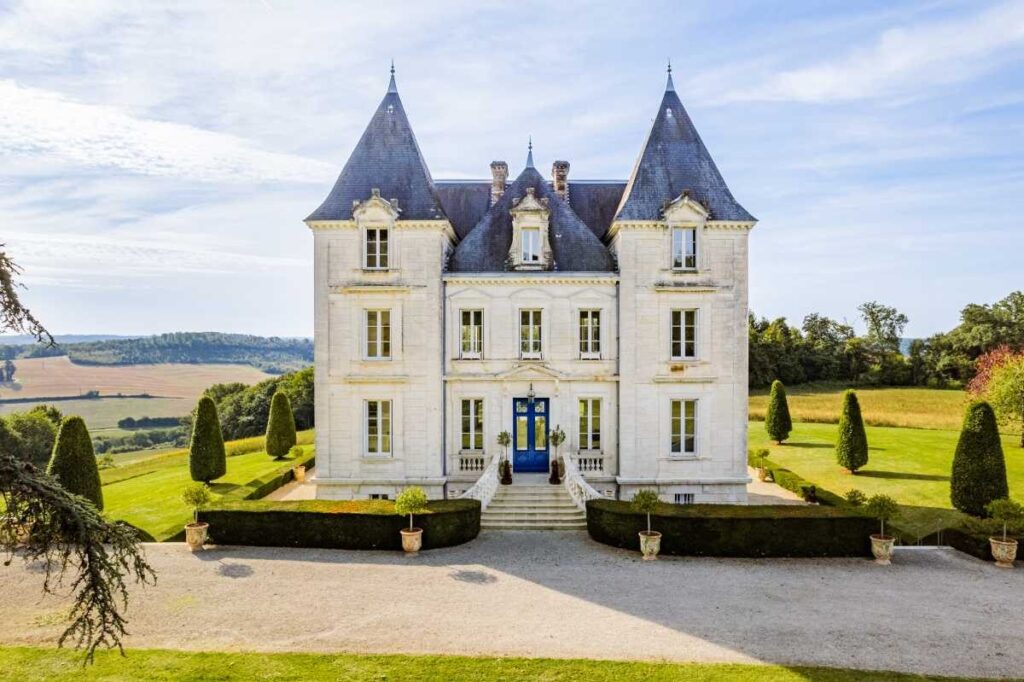
After reading about Cognac, you might be itching to experience it right at the source. Good news – Château de Lasfonds makes that possible in the most enchanting way. Our estate offers you a chance to stay in the heart of the French countryside, within reach of the Cognac region’s world-famous distilleries and vineyards.
Key Features
Here’s why Château de Lasfonds is the perfect base for your Cognac adventure:
- Authentic French Château Experience: Stay in a beautifully renovated historic estate. Imagine waking up in a charming room with countryside views, knowing you’re in a real French château that blends old-world elegance with modern comfort.
- Close to Cognac Country: We’re located in the Charente/Dordogne area, just a short drive away from the town of Cognac and many renowned Cognac houses. That means you can easily plan day trips to tour distilleries, walk the vineyards, and of course, taste exquisite Cognacs right where they’re made.
- Relaxation & Luxury: After a day of Cognac tasting, unwind by our pool or in the garden. Château de Lasfonds offers peace and quiet, so you can sip a nightcap under the stars or enjoy a cozy fireside chat – your choice.
- Gourmet Touch: Love French cuisine? You’ll have access to local markets and even private chef services if you wish. Savor regional specialties (think truffles, foie gras, and local cheeses) paired with wines and Cognac for the full gastronomic experience.
- Easy Booking & Personalized Stays: Whether you’re planning a romantic getaway, a family reunion, or a friends’ retreat, Château de Lasfonds can accommodate you. Booking is simple – just reach out to us through our website or give us a call, and we’ll help tailor your stay. We can assist with arranging Cognac tours or any special requests to make your visit unforgettable.
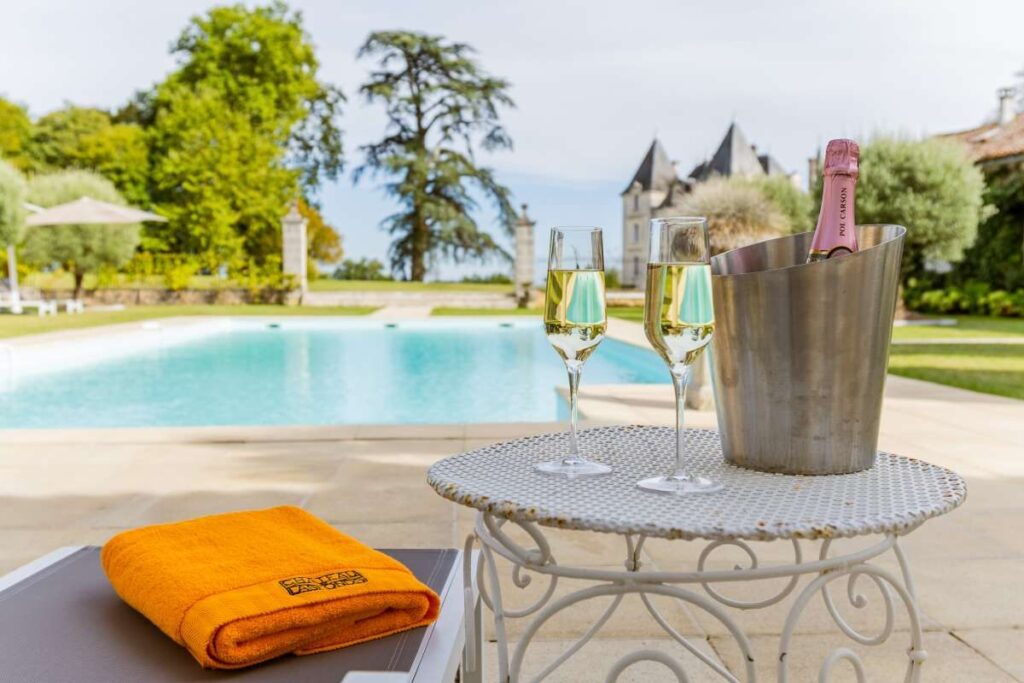
Ready to explore Cognac country in style? We at Château de Lasfonds would love to host you. Visit our website or contact us to book your stay, and get ready for an unforgettable escape into the world of Cognac and French heritage. Cheers – or as we say in French, à votre santé!
FAQs: Cognac vs Brandy
Brandy is a broad term for spirits made by distilling wine or fruit juice. Cognac is a specific type of brandy produced in the Cognac region of France. It adheres to strict rules regarding grapes, distillation, and aging. So, all Cognac is brandy, but not all brandy qualifies as Cognac.
Both Cognac and brandy typically range between 35% and 40% alcohol by volume. The difference lies less in strength and more in flavor. Cognac commonly develops richer, more layered notes due to its double distillation and oak aging. Brandy varies in intensity depending on its origin, fruit base, and whether it has been aged or bottled young.
Yes. Brandy is produced worldwide in regions such as Spain, the U.S., South America, and South Africa. Each area uses its own grapes or fruits and unique distillation methods. Cognac, however, is tied exclusively to southwest France. If it’s made outside that area, no matter how similar, it cannot legally be called Cognac.
Cognac’s higher cost is attributed to strict production rules, a limited growing region, and the mandatory use of oak barrels for aging. It must be distilled twice in copper pot stills, a labor-intensive process. Brandy can be made with fewer restrictions, allowing cheaper methods and wider production. This difference in craftsmanship and regulation usually makes Cognac a premium spirit.
Cognac is renowned for its complex flavors, including dried fruits, nuts, vanilla, and spices, which are derived from its grapes and the aging process in oak barrels. Brandy flavors vary widely. Apple brandy tastes bright and crisp, while young grape brandy can be lighter and less developed. Cognac tends to have a deeper, smoother, and more layered taste compared to most brandies.
Yes. Cognac uses clear classifications: VS (minimum 2 years), VSOP (4 years), and XO (10 years). These labels guarantee a minimum aging period in oak barrels. Brandy’s aging rules are less standardized. Some countries set minimums, while others don’t require aging at all. This makes Brandy’s maturity level less predictable than that of Cognac.
Cognac is often sipped neat in a snifter glass to enjoy its layered aroma. Some prefer it with a splash of water or in cocktails like the Sidecar. Brandy can be more versatile. It’s enjoyed neat, over ice, in cocktails, or used in cooking. Its drinking style depends on the type and aging.
Nutritionally, both contain similar alcohol content and calories. Neither offers real health benefits beyond moderate enjoyment. Cognac may contain slightly more natural compounds from oak aging, such as tannins or esters, but the effect is minimal. As with all spirits, moderation is key. Excess consumption of either Cognac or brandy carries the same health risks.
Cognac and Armagnac are both French brandies, but Cognac is double-distilled, while Armagnac is usually single-distilled, resulting in a fuller, more rustic flavor. Regular brandy outside France may not follow these methods at all. Cognac is refined and elegant, Armagnac is robust, and other brandies vary by fruit base, distillation, and region.
Yes, but Cognac is usually reserved for dishes where its premium flavor shines—like flambéed sauces or desserts. Chefs often choose less expensive brandy for cooking, especially in marinades or reductions, because it’s more affordable. Cognac works well for special recipes, while regular brandy is more practical for everyday cooking and baking.
Cognac production is strictly regulated by French AOC laws, which require clear age statements like VS, VSOP, and XO. This grading system helps buyers understand quality levels. Brandy doesn’t have one universal grading system. Some regions label ages, but many don’t, so quality is determined by brand reputation or individual style.
Both can be used in cocktails, but Cognac is typically chosen for classic recipes like the Sidecar or French 75 because of its smooth complexity. Brandy offers more flexibility since styles range from fruity apple brandy to Spanish Solera. For everyday mixed drinks, brandy is often more practical, while Cognac elevates refined cocktails.
